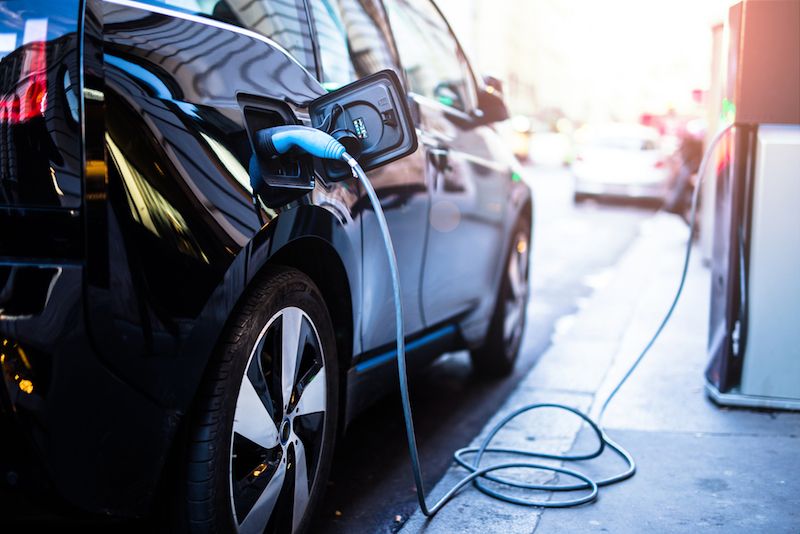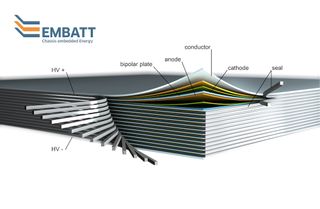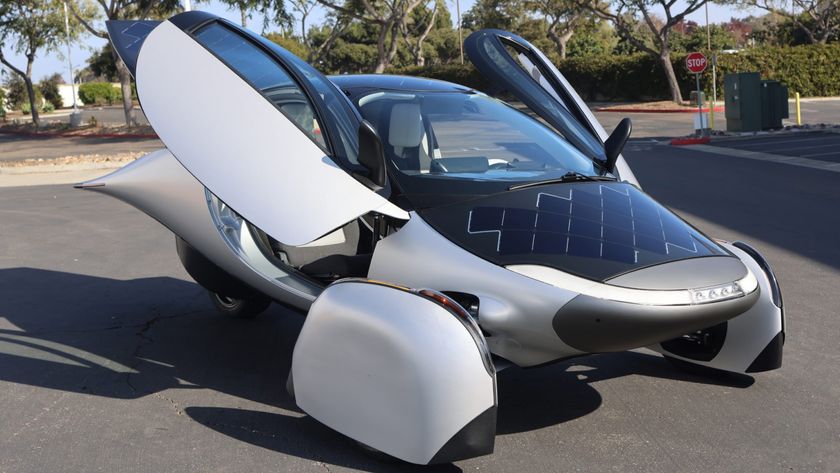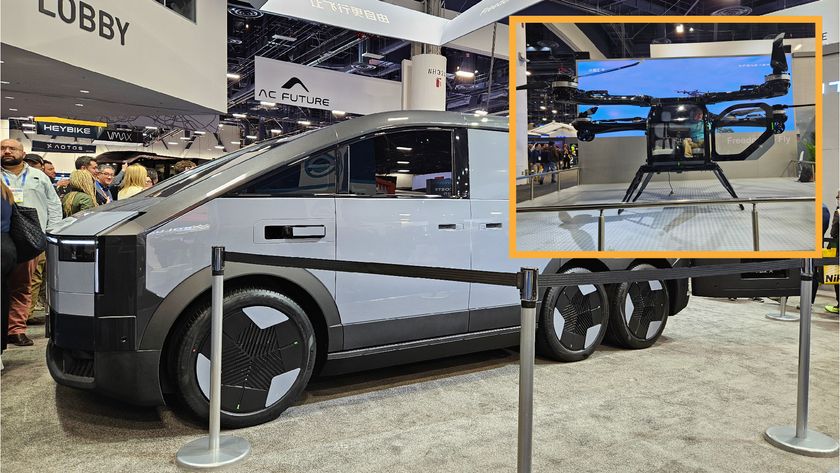New Battery Could Power Electric Cars 620 Miles on Single Charge

The average American drives about 30 miles (48 kilometers) per day, according to AAA, yet many people are still reluctant to buy electric cars that can travel three times that distance on a single charge. This so-called range anxiety is one reason gasoline-powered vehicles still rule the road, but a team of scientists is working to ease those fears.
Mareike Wolter, Project Manager of Mobile Energy Storage Systems at Fraunhofer-Gesellschaft in Dresden, Germany, is working with a team on a new battery that would give electric cars a range of about 620 miles (1,000 km) on a single charge.
Wolter said the project began about three years ago when researchers from Fraunhofer as well as ThyssenKrupp System Engineering and IAV Automotive Engineering started brainstorming about how they could improve the energy density of automotive lithium batteries. They turned to the popular all-electric car, the Tesla, as a starting point. [Hyperloop, Jetpacks & More: 9 Futuristic Transit Ideas]
Tesla’s latest vehicle, the Model S 100D has a 100-kilowatt-hour battery pack, which reportedly gives it a range of 335 miles (540 km). The pack is large, about 16 feet long, 6 feet wide and 4 inches thick. It contains more than 8,000 lithium-ion battery cells, each one individually packaged inside a cylinder housing that measures about 2 to 3 inches (6 to 7 centimeters) high and about 0.8 inches (2 cm) across.
"We thought if we could use the same space as the battery in the Tesla, but improve the energy density and finally drive 1,000 km, this would be nice," Wolter told Live Science.
One way of doing this would be to refine the materials inside the battery so that it could store more energy, she said. But another way would be to improve the system's design as a whole, Wolter said. [Infographic: An Inside Look at How Batteries Work]
Nearly 50 percent of each cell is devoted to components such as the housing, the anode (the battery's negative terminal), the cathode (the battery's positive terminal) and the electrolyte, the liquid that transports the charged particles. Additional space is needed inside the car to wire the battery packs to the vehicle's electrical system.
Sign up for the Live Science daily newsletter now
Get the world’s most fascinating discoveries delivered straight to your inbox.
"It's a lot of wasted space," Wolter said. "You have a lot of inactive components in the system, and that's a problem from our point of view."
The scientists decided to reimagine the entire design, they said.

To do so, they got rid of the housings that encase individual batteries and turned to a thin, sheet-like design instead of a cylinder. Their metallic sheet is coated with an energy-storage material made from powdered ceramic mixed with a polymer binder. One side serves as the cathode, and other side serves as the anode.
The researchers stacked several of these so-called bipolar electrodes one on top of the other, like sheets of paper in a ream, separating the electrodes by thin layers of electrolyte and a material that prevents electrical charges from shorting out the whole system.
The "ream" is sealed within a package measuring about 10 square feet (1square meter), and contacts on the top and bottom connect to the car's electrical system.
The goal is to build a battery system that fits in the same space as the one used by Tesla's vehicles or other electric vehicles, the researchers said.
"We can put more electrodes storing the energy in the same space," Wolter said.
She added that the researchers aim to have such a system ready to test in cars by 2020.
Original article on Live Science.













